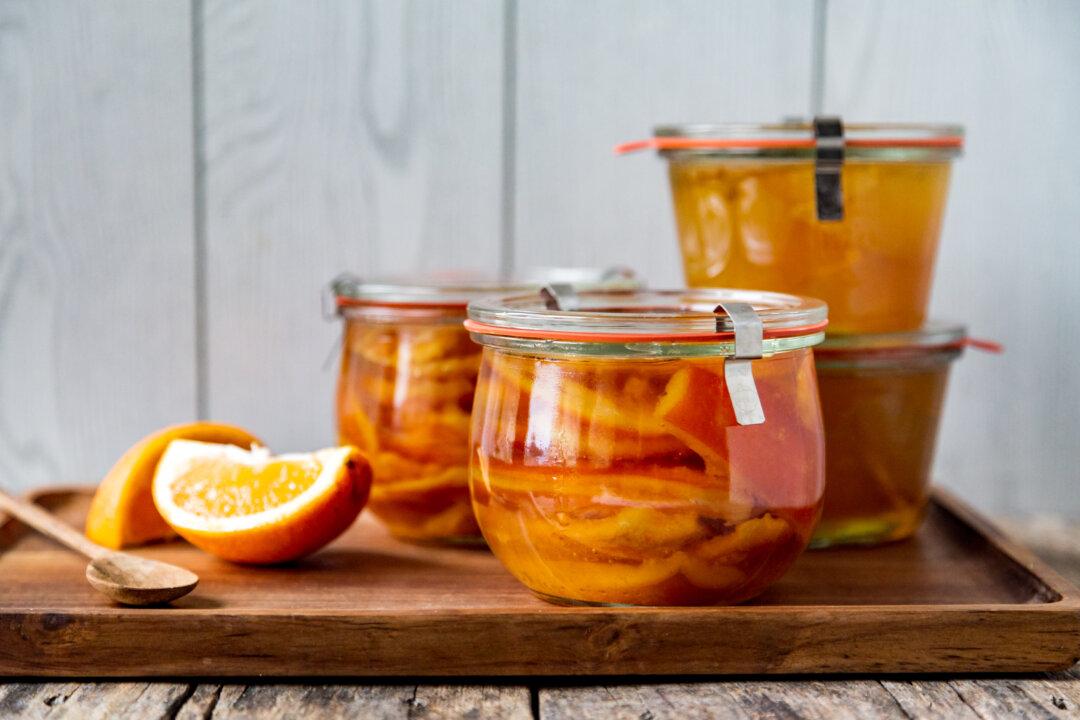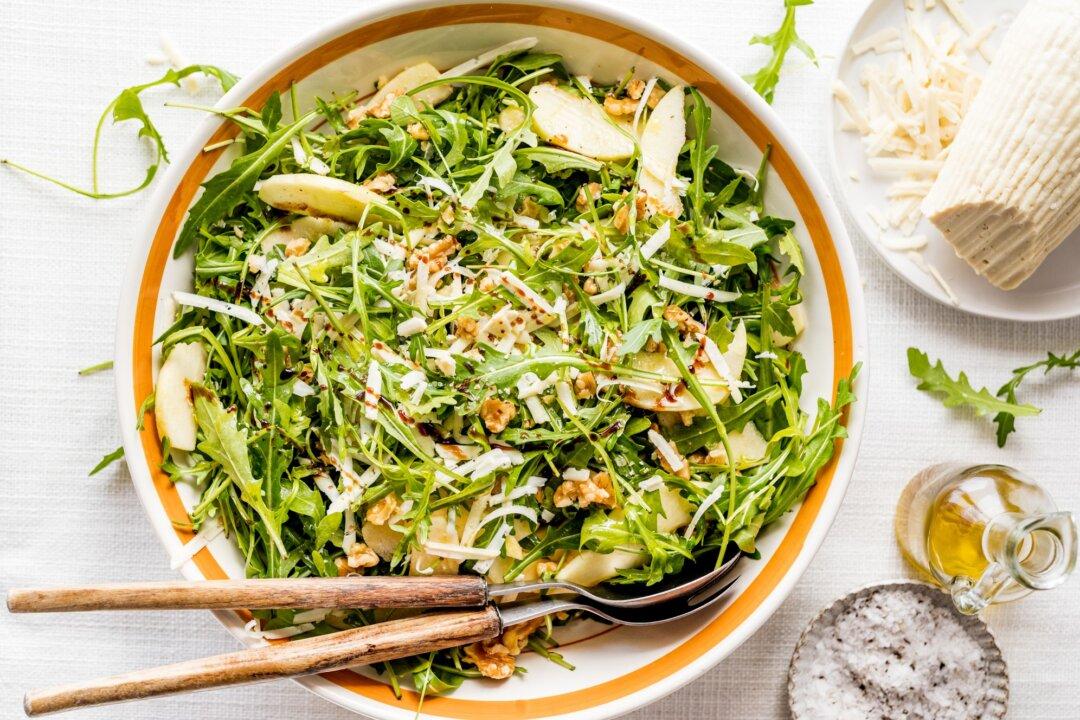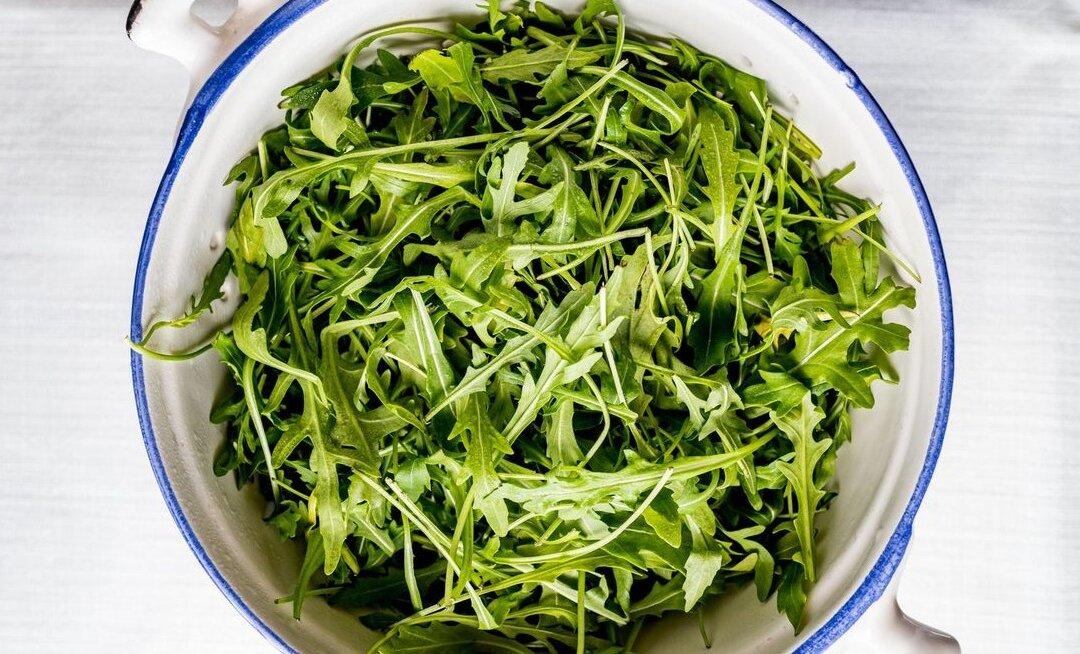I find deeply satisfying the time spent preserving the best produce of the season for as long as possible. There are jams and marmalades, and don’t even get me started on the liqueurs—limoncello, bergamot liqueur, nocino, alchermes… I might sip them twice a year, but that’s not the point for me. It’s the pride I feel when I line them up on the table after a dinner with friends or a cooking class; it’s homemade food at its best.
Over the last few years, since my home production of local Christmas treats such as panforte and cavallucci has taken on pastry shop rhythms, I decided to go the extra mile and start making my own homemade candied orange and citron peels, key ingredients in these festive treats.





